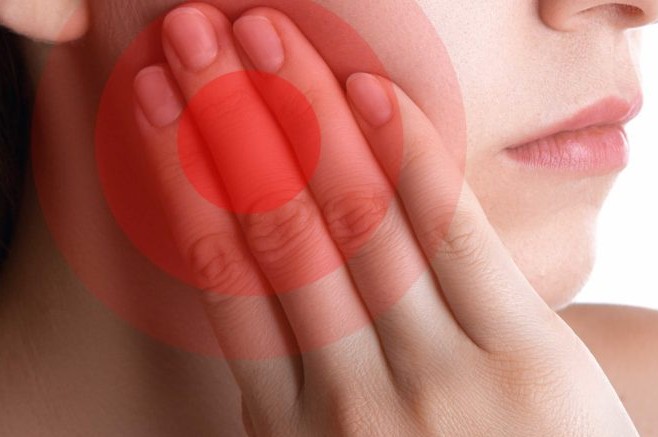What is Temporo Mandibular joint (TMJ) Syndrome?

Temporomandibular joint syndrome (TMJ) is also known as Myofascial Pain Dysfunction Syndrome (MPDS).
(TMJ) syndrome is a disorder of the jaw muscles and nerves caused by iflammation or injury to the temporomandibular joint. The temporomandibular joint is the connection between the the skull and jawbone. The inflamed or injured temporomandibular joint leads to pain, When it works well, it enables you to chew, talk, and yawn, but for the people with TMJ dysfunction, problems with muscles around the join may cause –
- Pain that travels through the face, jaw or neck.
- Stiff jaw muscles.
- Painful Crackling, chewing, clicking, and popping of the jaw.
- Swelling on the sides of the face.
- Limited movement or locking of the jaw.
- Nerve inflammation, headaches including migraines and tooth grinding.
- A change in the way the upper and lower teeth fit together.
Risk factors for TMJ Syndrome?
- Poor posture in the upper back muscles and neck may lead to neck strain and abnormalities of jaw muscle function.
- Stress may increase jaw clenching and muscle tension.
- Women between the age 18 to 44 years are at higher risk.
- Patients with other chronic inflammatory arthritis hare at increased risk.
- People who have a genetic predisposition to increased pain sensitivity, stress and responses may be more susceptible.
When to see a Doctor:
If you experience muscle pain that doesn’t go away, and pain persists despite massage, proper rest, exercise and similar self-care measures, then you should make an appointment with your doctor.
